Seowon: The place for study, respect and nature
UNESCO World Heritage candidate has time-transcending serenity, peace
By Korea HeraldPublished : Feb. 6, 2013 - 20:36
The Korea Herald is publishing “Korea’s Cultural Pride,” a 10-part series on the country’s cultural and natural heritage. A total of nine tangible and 14 intangible examples of heritage have been designated UNESCO World Heriage for international preservation. This year, 15 cultural properties are on the tentative list, awaiting designation. This installment explores Seowon, or Confucian academies established during the Joseon era (1391-1910). ― Ed.
Long before private universities, there were “seowon,” Confucian academies during the Joseon era (1392-1910). Alongside Seongkyunkwan, the top-tier institute of higher education established by the royal court, seowon were places of higher education specializing in Confucian studies.
There are currently nine seowon in the country listed on the UNESCO World Heritage Tentative List ― Sosu, Namgye, Oksan, Dosan, Pilam, Dodong, Byeongsan, Donam and Museong. The Presidential Council on Nation Branding and other governmental organizations are working to get them onto the actual list.
A special committee in charge of the application process said it was expecting the enlistment to take place no later than 2015.
“Seowon played an important role in establishing the teacher-student lineages of Neo-Confucianism in Korea, by functioning as a major venue for transmitting Neo-Confucianism and teaching in Joseon society.
Long before private universities, there were “seowon,” Confucian academies during the Joseon era (1392-1910). Alongside Seongkyunkwan, the top-tier institute of higher education established by the royal court, seowon were places of higher education specializing in Confucian studies.
There are currently nine seowon in the country listed on the UNESCO World Heritage Tentative List ― Sosu, Namgye, Oksan, Dosan, Pilam, Dodong, Byeongsan, Donam and Museong. The Presidential Council on Nation Branding and other governmental organizations are working to get them onto the actual list.
A special committee in charge of the application process said it was expecting the enlistment to take place no later than 2015.
“Seowon played an important role in establishing the teacher-student lineages of Neo-Confucianism in Korea, by functioning as a major venue for transmitting Neo-Confucianism and teaching in Joseon society.
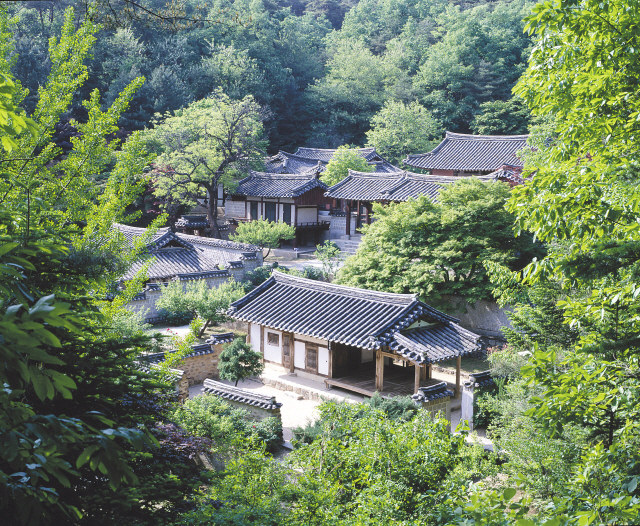
“In the academies, the ‘Study of Ritual’ of Chinese scholar Zhu Xi was transformed fit for Korean society, based on which the country’s own theory of ritual was established and developed thereafter. Seowon also internalized the tradition of moral philosophy that put its priority on perfection of character,” UNESCO said in its description of seowon.
“The academies are equipped with a wealth of intangible cultural heritage that displays their history, education, rituals and documentary culture. They also identify the literary class’ erudition and practice of virtue as well as the history of the local and entire Korean culture,” it added.
From education to service
Seowon was primarily the educational institution for students of Confucianism, whose ultimate goal was to pass the gwageo, or civil service examination.
As the ruling philosophy during Joseon was Confucianism, seowon students, generally numbering around 20-30 per institution, studied a variety of books including Chinese classics and Korean ethics books.
Seowon also held memorial rites for noted Confucian sages.
“The fact that seowon served both as a place of study and a place of memorial rites distinguishes Korea’s seowon from similar institutions in China or Japan,” said Lee Bae-yong, a historian and head of the preparation committee for seowon inscription to the UNESCO World Heritage list.
“While the Chinese separated the two, Koreans’ unique style of prioritizing academic competency as well as respecting the ancestors brought the two functions together,” she added.
A seowon served as the center of village activity. Local residents respected seowon students and students gladly consulted with them and sometimes gave advice on living the “right way” and “sharing” spirit.
Born with respect
According to historical records, the first seowon to be established was Baegundong Seowon founded by Ju Se-bung, a local administrative official, in 1543 in Punggi, North Gyeongsang Province. It was opened to hold memorial rites for Chinese scholar Ahn Hyang. In 1550, King Myeongjong renamed it “Sosu” Seowon, granting provision of labor, real estate and tax exemption.
From then on, kings gave such benefits to qualified seowon, which encouraged local scholars to establish academies of their own. By the late 17th century, the number of seowon had bloomed to 131.
As their number increased, there were ill effects. Scholars divided into camps of different ideas and seowon became the battlefield for ideological tugs-of-war.
In 1871, Daewongun, father of King Gojong (1852-1919), ordered mergers of seowon nationwide, leaving only 47. Many seowon were later restored. Public schools have absorbed the function of seowon and the place now functions to hold memorial rites.
The original roles of seowon ranging from memorial rites to lecture and social education are continued today by local Confucian scholars still living in the neighborhood.
The tourism industry is also expecting seowon to become tourist attractions. Among the Korea Tourism Organization’s monthly recommendations for travel, seowon are included to enhance people’s understanding of traditional education.
By Bae Ji-sook (baejisook@heraldcorp.com)
-
Articles by Korea Herald






![[Herald Interview] Mom’s Touch seeks to replicate success in Japan](http://res.heraldm.com/phpwas/restmb_idxmake.php?idx=644&simg=/content/image/2024/04/29/20240429050568_0.jpg&u=)
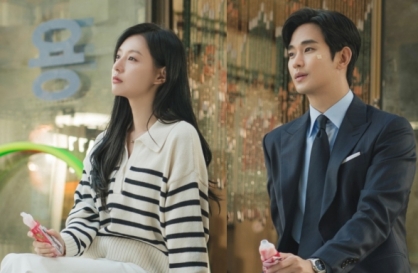


![[News Focus] Lee tells Yoon that he has governed without political dialogue](http://res.heraldm.com/phpwas/restmb_idxmake.php?idx=644&simg=/content/image/2024/04/29/20240429050696_0.jpg&u=20240429210658)
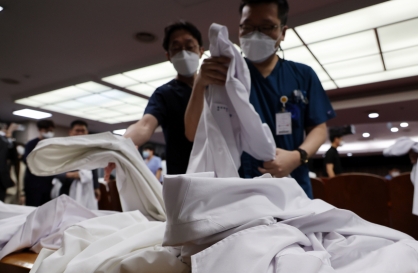



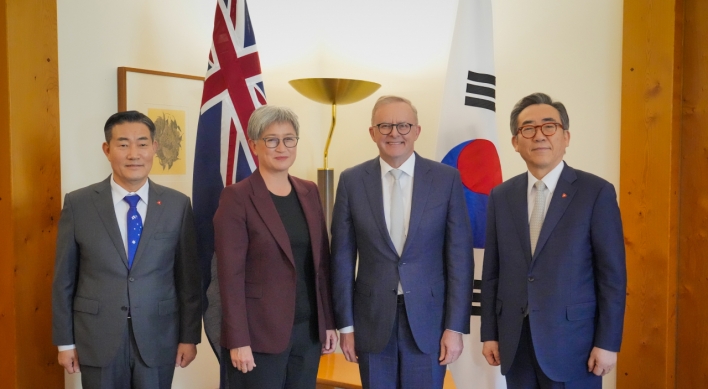
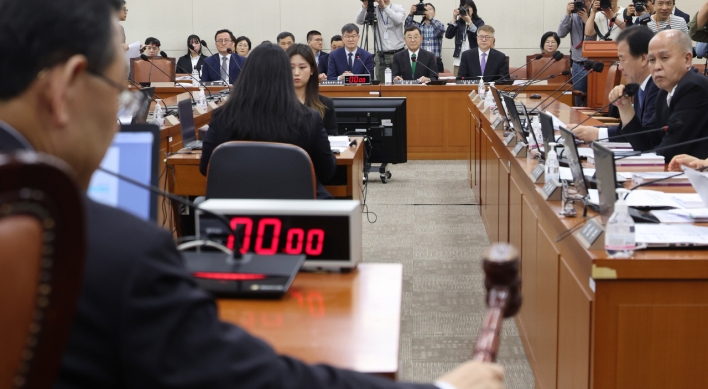

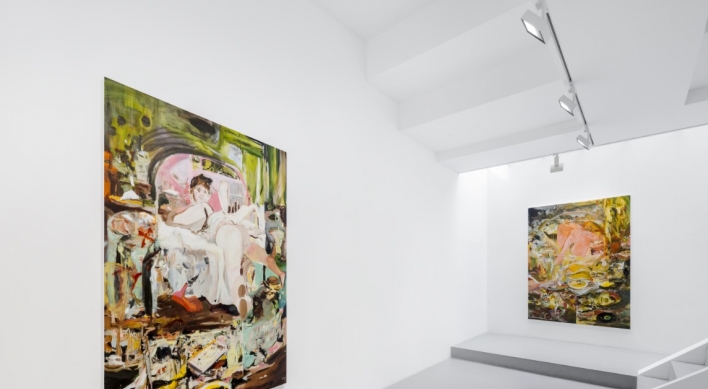
![[Today’s K-pop] Seventeen sets sales record with best-of album](http://res.heraldm.com/phpwas/restmb_idxmake.php?idx=642&simg=/content/image/2024/04/30/20240430050818_0.jpg&u=)